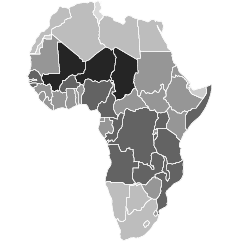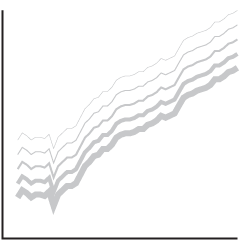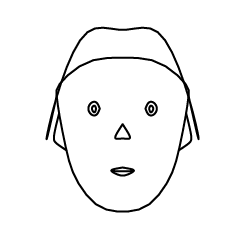In the Very Expensive Maps podcast, cartographer Evan Applegate interviews other cartographers about how they got into the field, the thoughts behind their design choices, and the more technical bits behind their process. With cartographers and chart makers sharing many of the same guides, this podcast, which is 33 episodes in, should be worth a listen.
Sidebar: When I read the title of Very Expensive Maps, I immediately thought of Justin Bieber talking about “very expensive” sounds at the 30-second mark of a NYT song breakdown. That’s probably not what Applegate was thinking, but it’s the same sentiment.

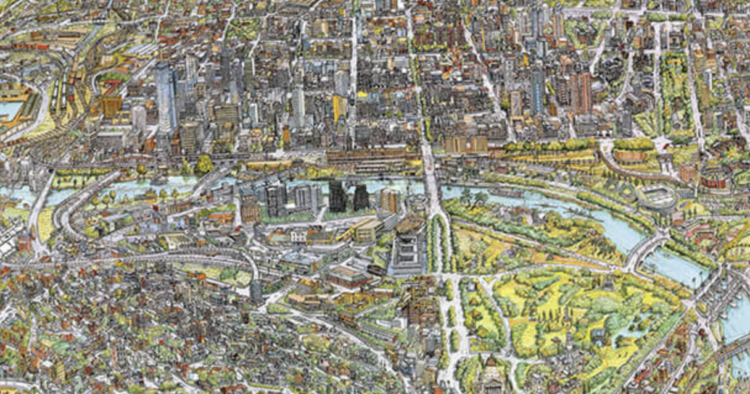
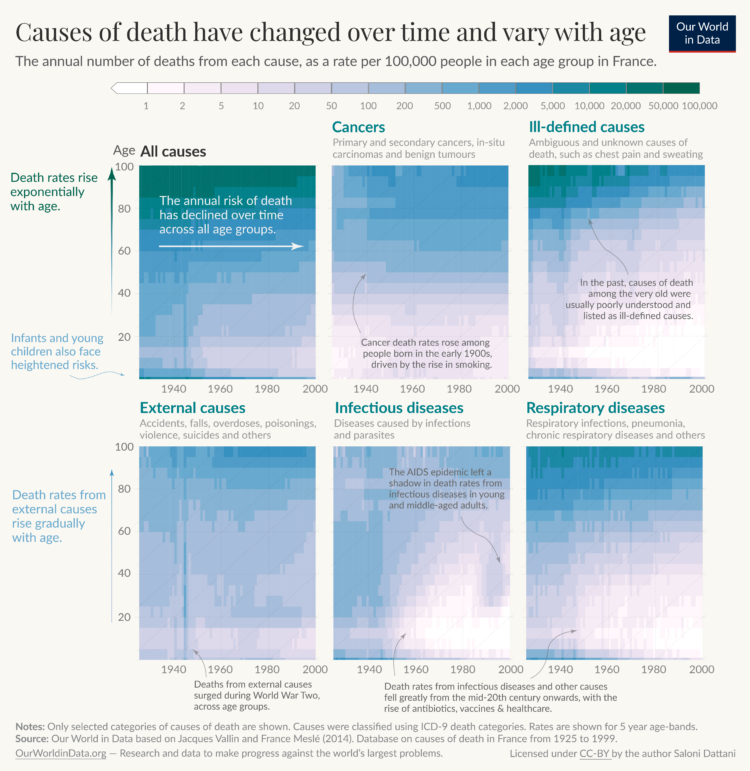
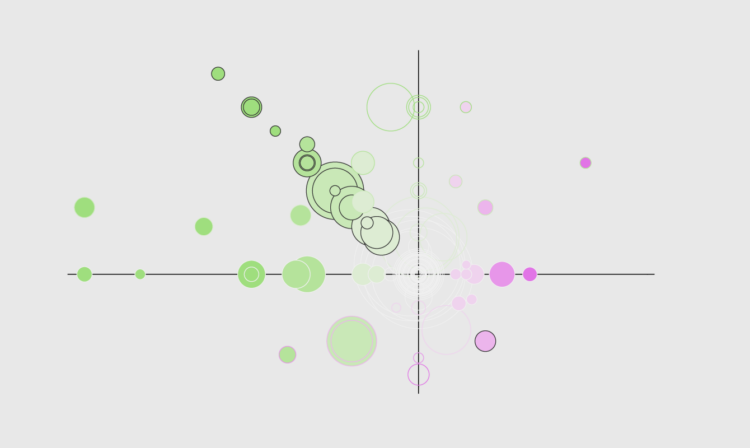


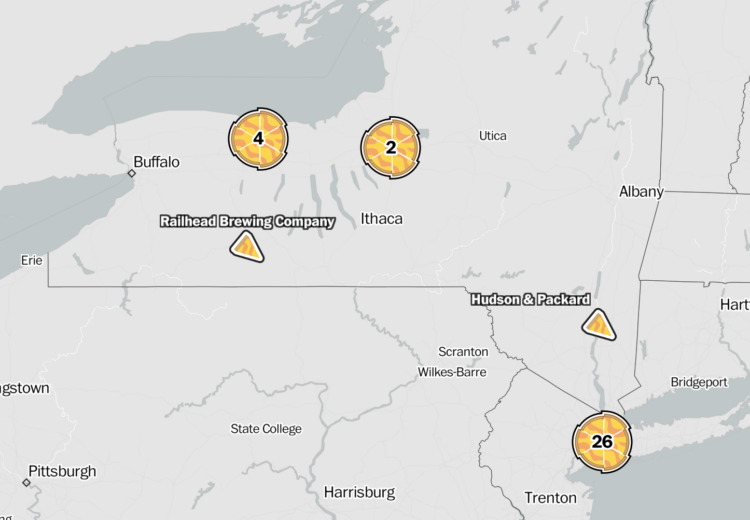
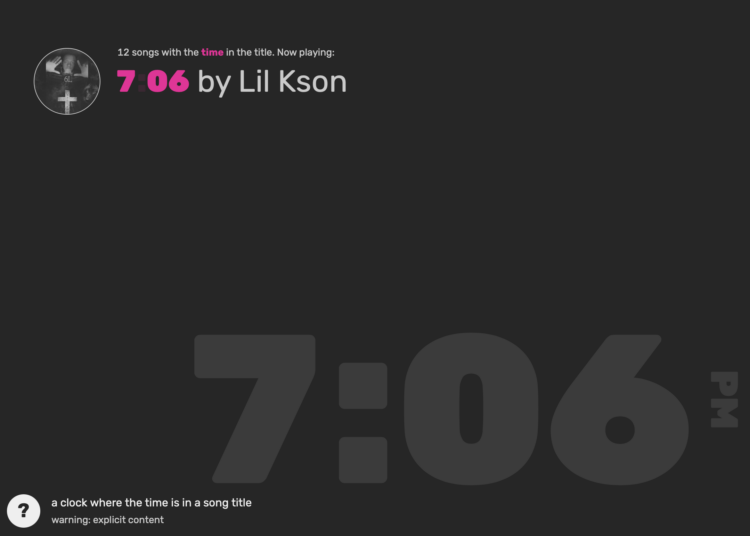
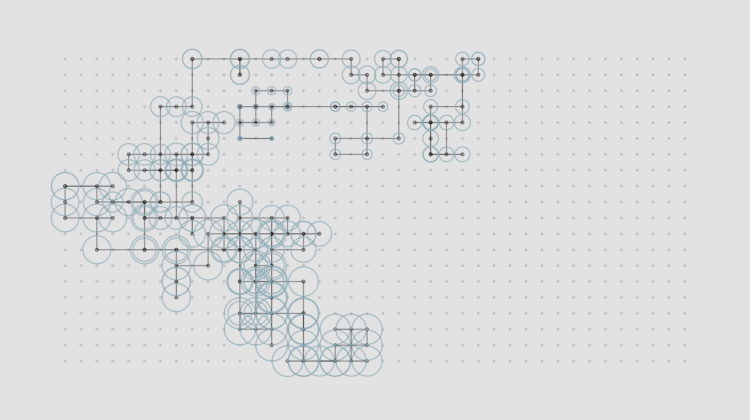
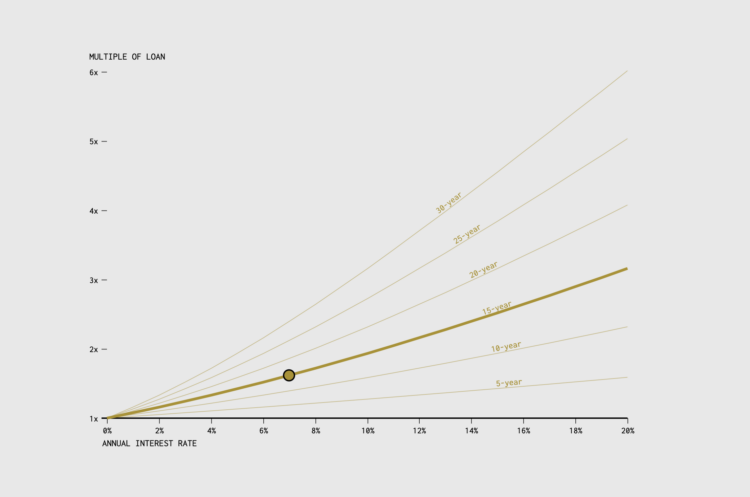
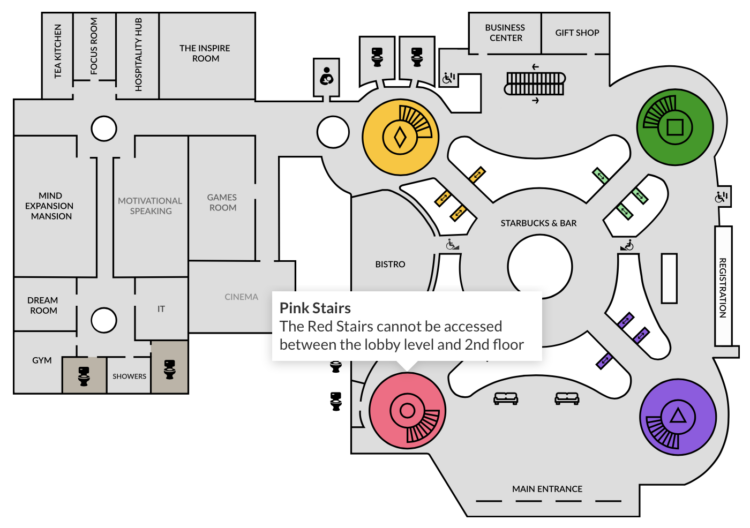
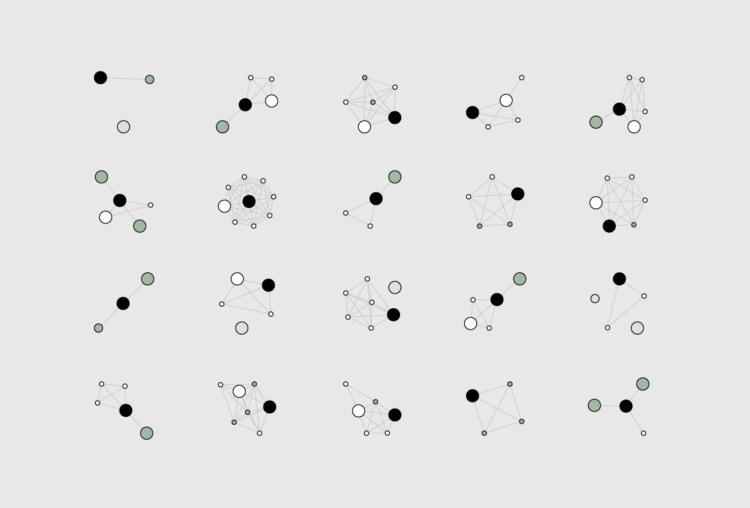
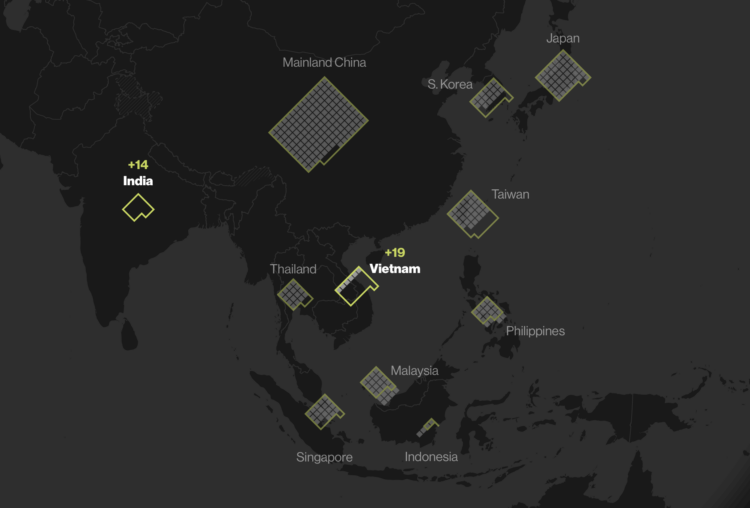

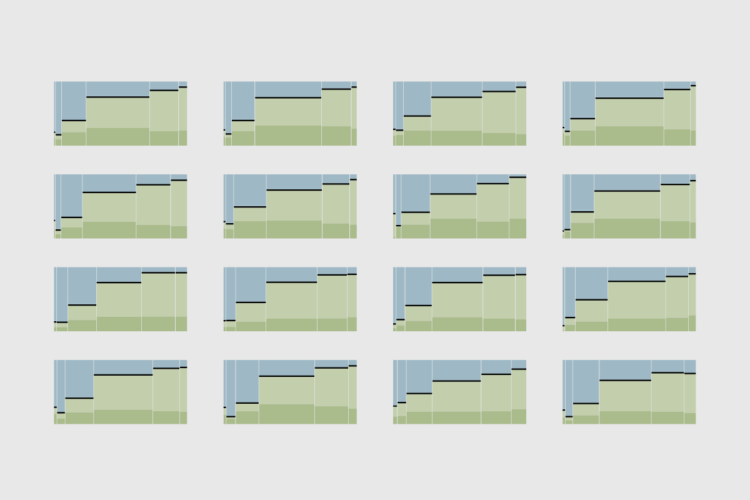
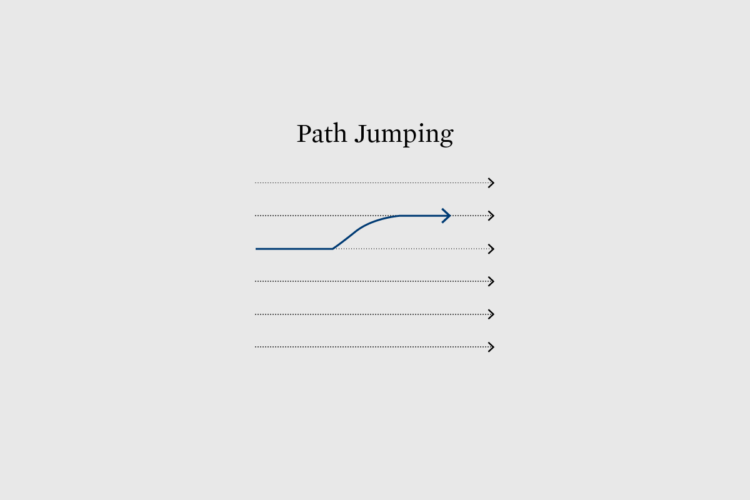

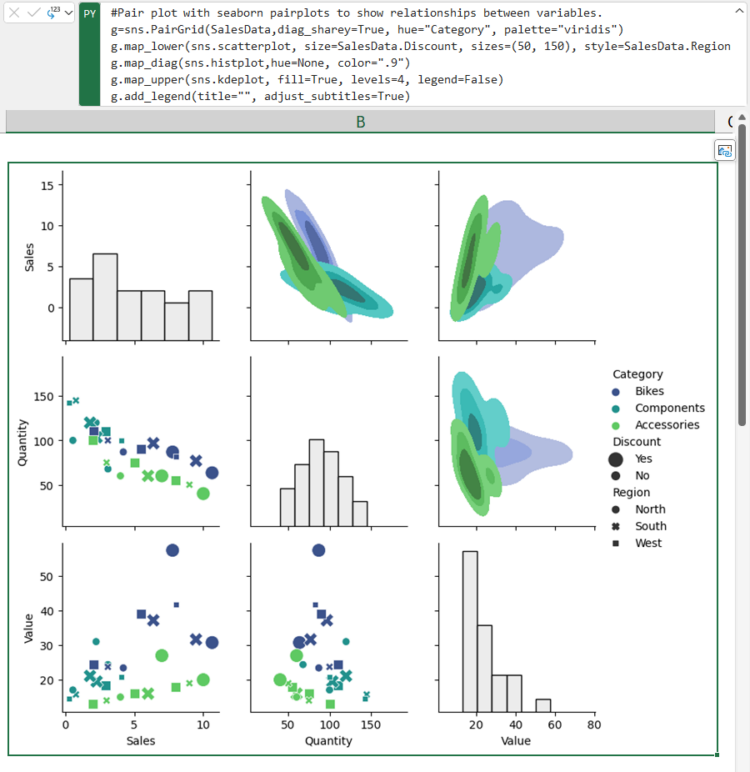

 Visualize This: The FlowingData Guide to Design, Visualization, and Statistics (2nd Edition)
Visualize This: The FlowingData Guide to Design, Visualization, and Statistics (2nd Edition)



